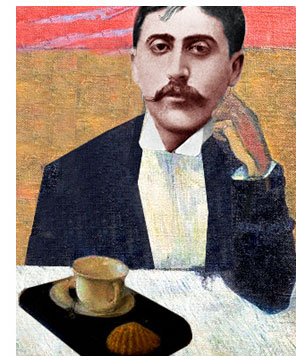I published an article titled Pulsazioni della coscienza. Forma breve ed emozioni primarie nella scrittura di Michele Mari, within the volume Brevitas. Percorsi estetici tra forma breve e frammento nelle letterature occidentali, edited by Stefano Pradel and Carlo Tirinanzi De Medici (Trento: Dipartimento di Lettere e Filosofia dell’Università degli Studi di Trento, 2018).
The article is based on the assumption that literary works are mostly originated by the attempt of representing meaningful events determined by the interactions between the individual mind and the natural and social environment, resulting in the arousing of deeply felt and often violent basic emotions. As a consequence, in the style and the very structure of literary works is marked the need of giving shape to these emotional nuclei.
What follows is the incipit of the article.


